Large engineering tires, primarily used in various construction scenarios, face harsh environments that demand high traction, passability, wear resistance, and puncture resistance. These tires are characterized by larger structural dimensions, multiple layers of fabric, cushioning layers, steel wires, as well as thicker and heavier bodies compared to standard small bias tires and radial tires. Their production processes significantly differ to meet performance requirements, featuring very wide and thick treads usually created with large winding equipment. During production, various factors may lead to issues such as insufficient adhesion, substandard thickness, or weight, necessitating inspection of the winding results to ensure compliance with process standards. Existing manual inspections cannot accurately measure or monitor key data like thickness, volume, or weight. Sectional measurement is time-consuming, wasteful, and inefficient, resulting in high inspection costs.
By utilizing 3D laser scanning technology, the layers of rubber on the tire are scanned both before and after the winding process to obtain the profile of the winding cross-section layer by layer. By analyzing changes in values at key points, key data such as the ratio of the cross-sectional areas on the left and right sides of the tread, longitudinal section, and volume are calculated. A comprehensive scoring system then evaluates whether the winding results meet process standards.



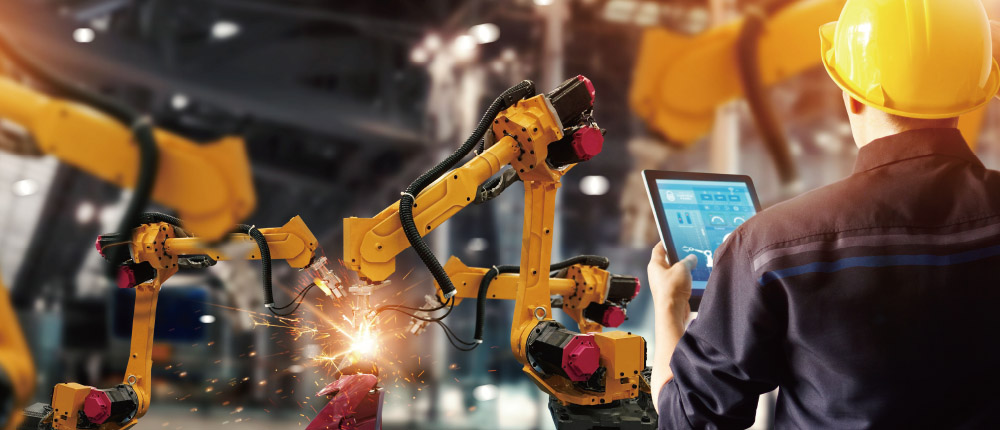



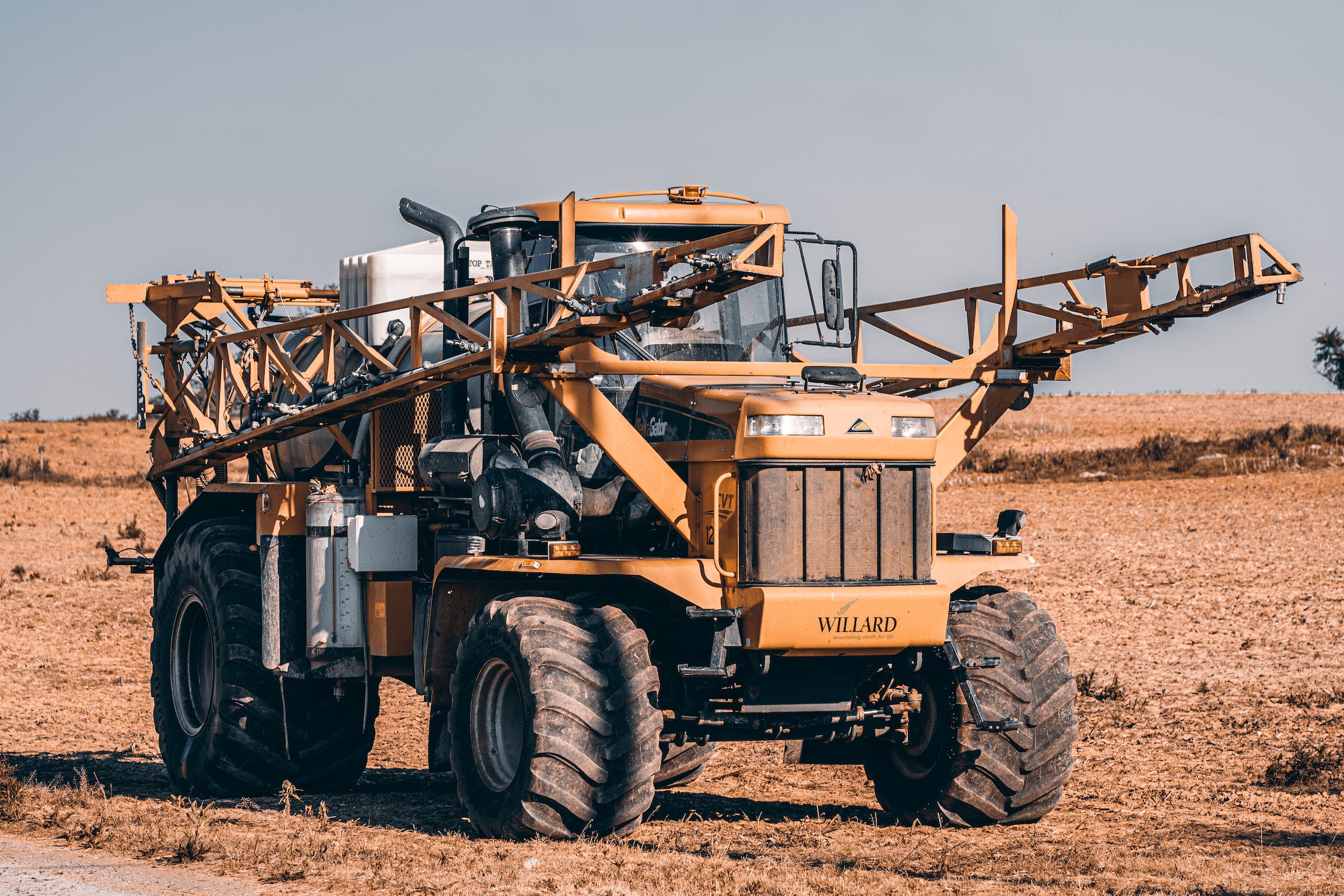
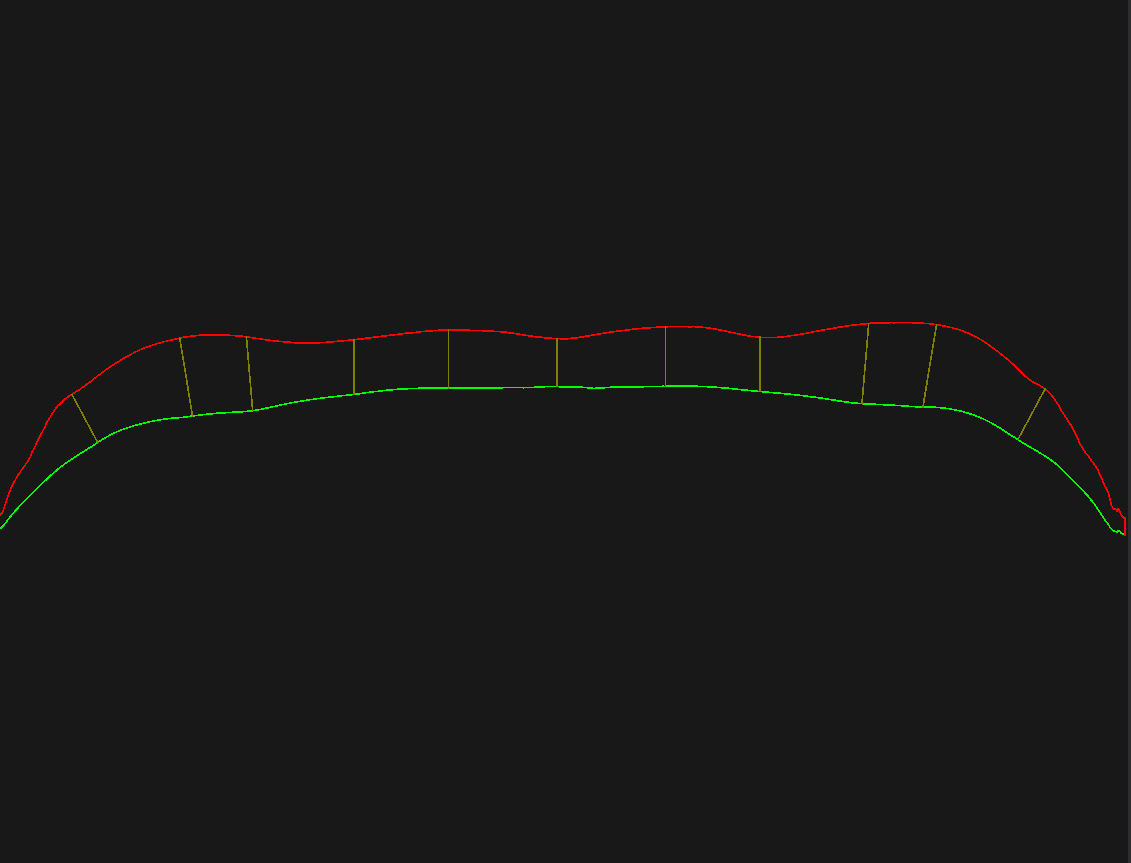

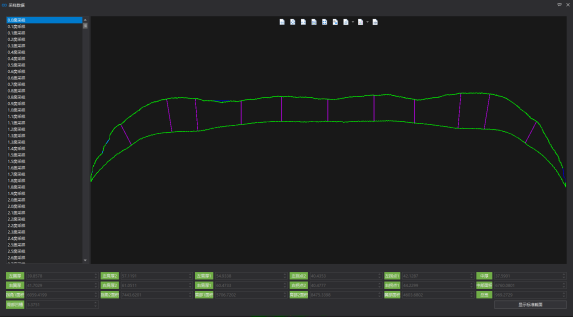


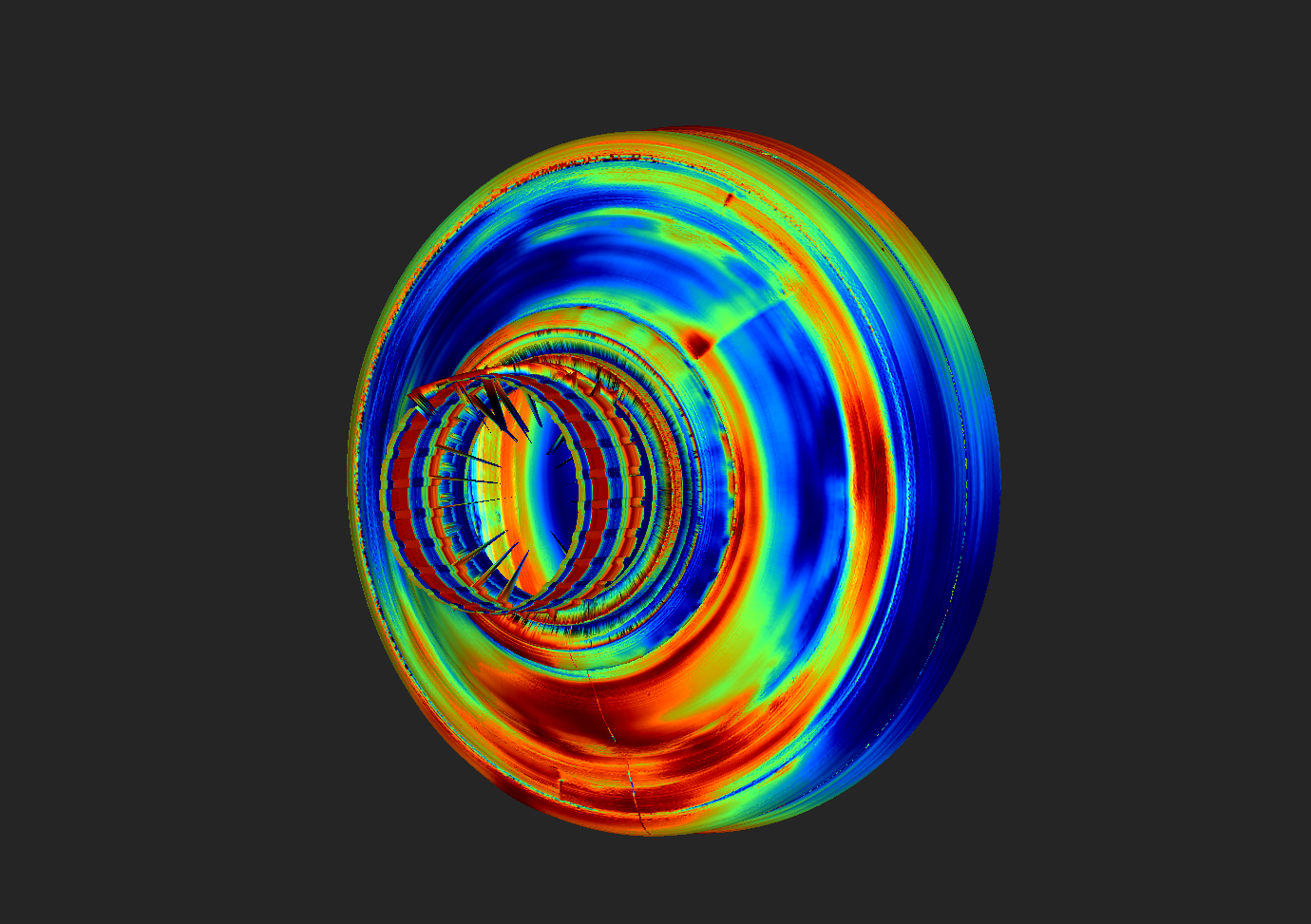
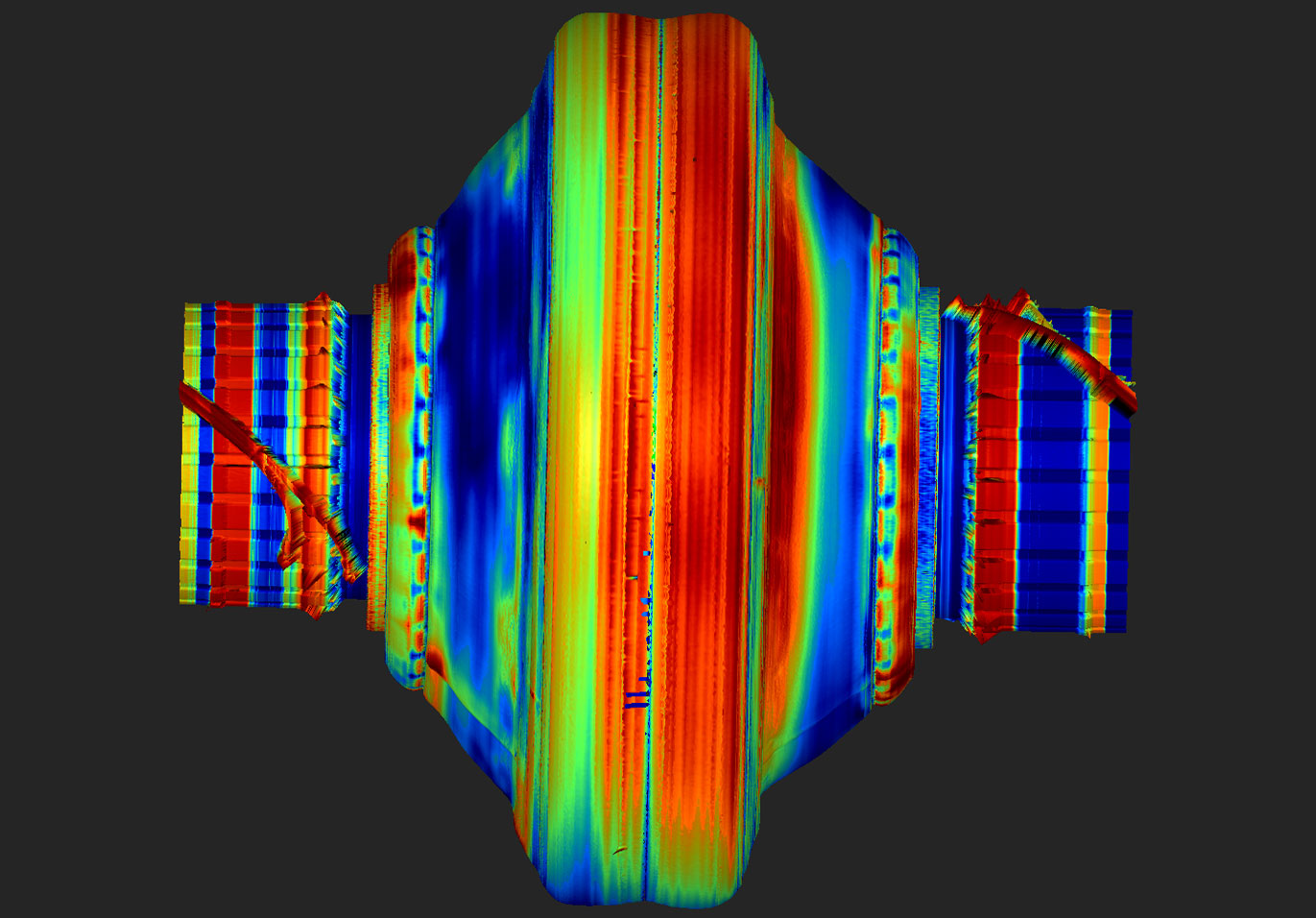
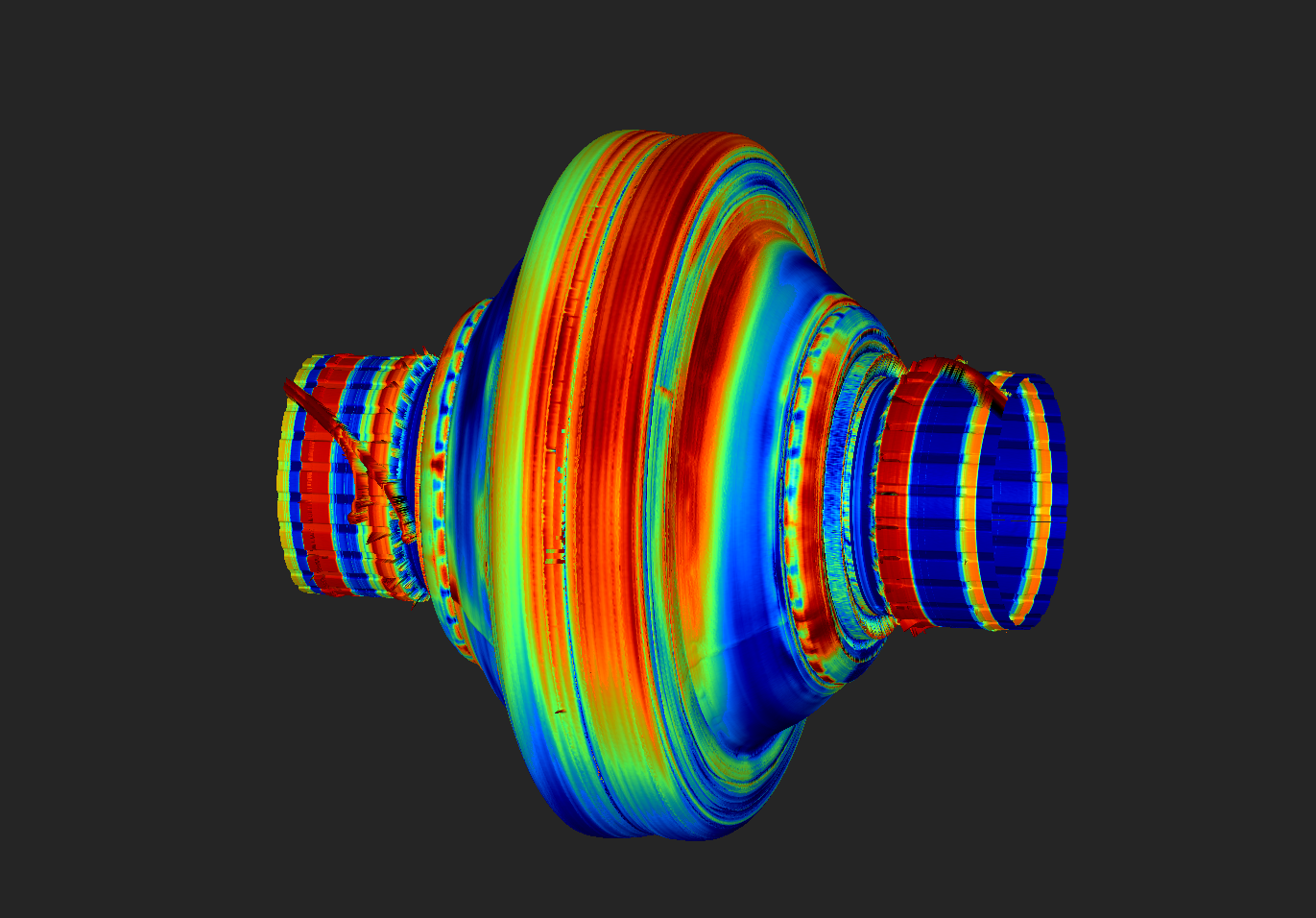




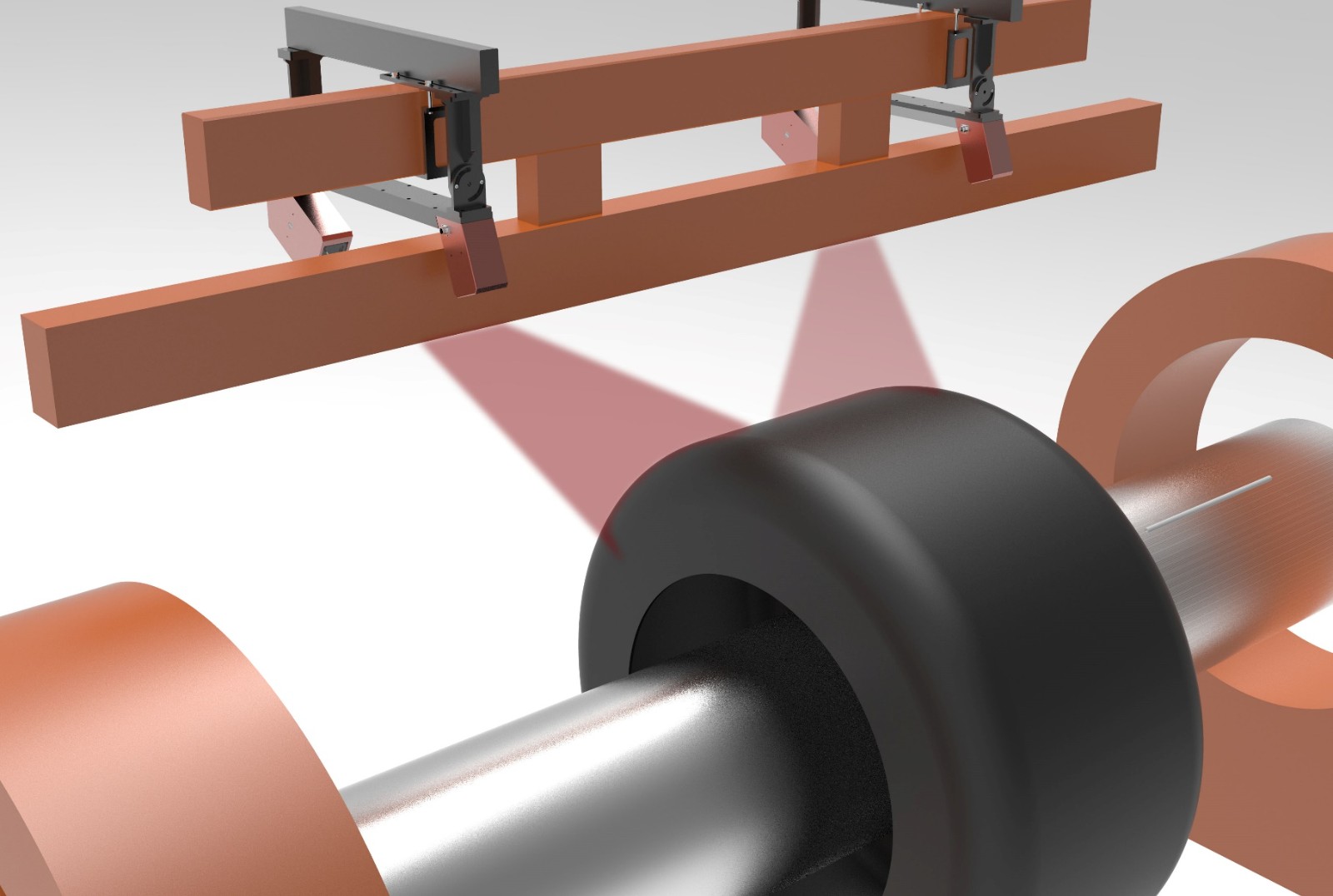
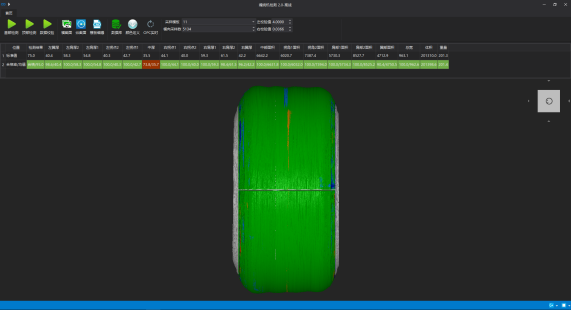
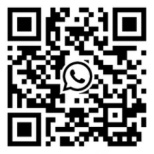 WhatsApp
WhatsApp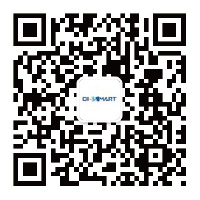 Follow Us
Follow Us